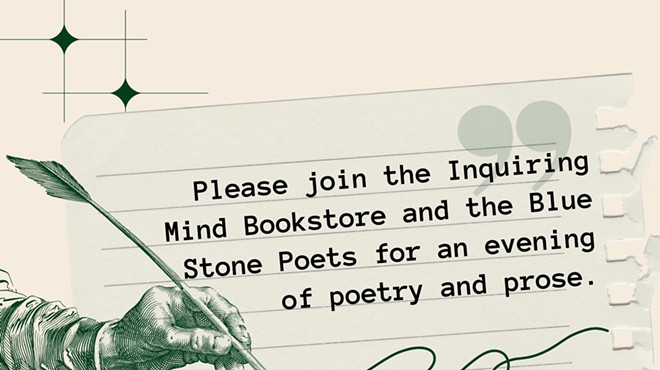The burqa is an image that burns in Western minds. Afghan women made anonymous by swaths of sky blue material covering them from head to foot—a face screen their only access to the world outside. The garment forced upon women by a ferocious and raging religious fundamentalism formulated by men—Taliban fanatics driving around in Toyota pickup trucks, stopping to whip these faceless blue ghosts on the street or hauling them off to be dug into holes in soccer fields to be readied for public stonings. These images brought the world’s eye to Afghanistan. They were part of the post-9/11 war cry that saw Laura Bush bring women’s rights activists from groups like the Feminist Majority and Equality Now! and Afghan women exiles to the White House in November, 2001, just weeks after the bombing had begun in Afghanistan. The rhetoric centered on liberation. With the Taliban routed, the burqa would be tossed aside, and women would emerge and breathe freedom. Freedom not experienced since forced modernization mandates put forth by successive Afghan rulers and later during the Soviet occupation gave them limited rights.
Eight years later, the US is contemplating whether to surge the Afghan war effort in order to rid the growing Taliban and al Qaeda presence, or begin a slow drawdown of forces. This time there is no talk of freedom for Afghan women, who, due to the complete and total lack of security in their country, have opted to re-don the burqa—a Western name given to the garment Afghans call a chaddari—for safety reasons. There is no talk of the conservative backlash against women or how they suffered in the wake of each of their forced “emancipations.” As gender and development expert Lina Abirafeh says in her book, Gender and International Aid in Afghanistan: The Politics and Effects of Intervention (MacFarland, 2009), “Reforms have repeatedly flooded Afghanistan faster than the country can absorb them, should it choose to do so.” Abirafeh lived in Afghanistan from 2002 to 2006, working on gender issues and researching the effects of gender-focused international aid in conflict and post-conflict contexts, focusing on gender-based violence. According to Abirafeh, in the 1920s Afghanistan was a secular country working to extend women’s rights, yet by the 1990s it was captive to religious fanaticism, tribal patriarchy, and underdevelopment. She cites the combination of colonialism, economic dependence, and rapid social change as “a recipe for Muslim fundamentalism to flourish—a phenomenon exacerbated by international pressure exerted at the intersection of Islam, the state, and gender politics.” The result leaves the place of women as the only controllable social factor left once economic and political arenas become dependent on external interventions.
Senior editor Lorna Tychostup interviewed Abirafeh (currently working in Papua New Guinea), via e-mail and discussed international aid to Afghanistan, how it affects the relationships between men and women today in Afghanistan, and the day-to-day realities for Afghan women.
Lorna Tychostup: What is it like to be a woman in Afghanistan today?
Lina Abirafeh: Afghan women continue to be among the worst off in the world. And yet they are largely forgotten. For all the hype that was generated in 2001 and 2002, our attention spans prove short once again. Many who gasped at the horrors Afghan women faced now show little interest, believing the issue to be resolved. Today, social indicators are depressing—and have hardly improved since 2001. Security is the greatest failing of the international community. As a result, Afghan women are faced with new challenges, the most serious of which is increased violence—particularly domestic and sexual violence. The threat or fear of violence is enough to keep women from public spaces.
Afghan women’s illiteracy is one of the highest in the world. There might be more schools for girls—but the buildings are being burned and families fear sending their daughters. Poverty, discrimination, and gender inequality keep girls and women from education. Afghan women’s life expectancy is still very low, coupled with a maternal mortality ratio that is one of the highest in the world. Population rates are high—and the economic and social infrastructure continues to weaken. Women are still a minority in public life—despite their place in the Parliament and other political bodies. Livelihoods are deteriorating due to continued conflict, deteriorating security, increased corruption, and ongoing displacement. Women are forced into more dangerous fields in order to support their families—such as opium production and sex work fueled both by Afghans and internationals. In short, things are not going well. If I were an Afghan woman, I would be disillusioned and angered by aid. What has it done for them? One Afghan woman told me, “A woman in Afghanistan is a very popular object today.” Her use of the word “object” was deliberate. She said she was upset because the international community made her the center of unwanted attention, and the focus of myriad projects and plans, none of which she had a role in creating. At the same time, she felt that her own ability to determine and direct the changes was denied to her—leaving her reduced to an object that needed “fixing.”











